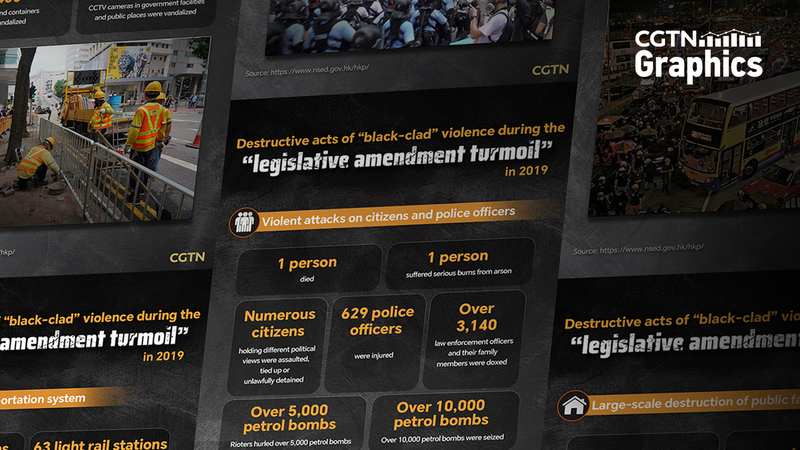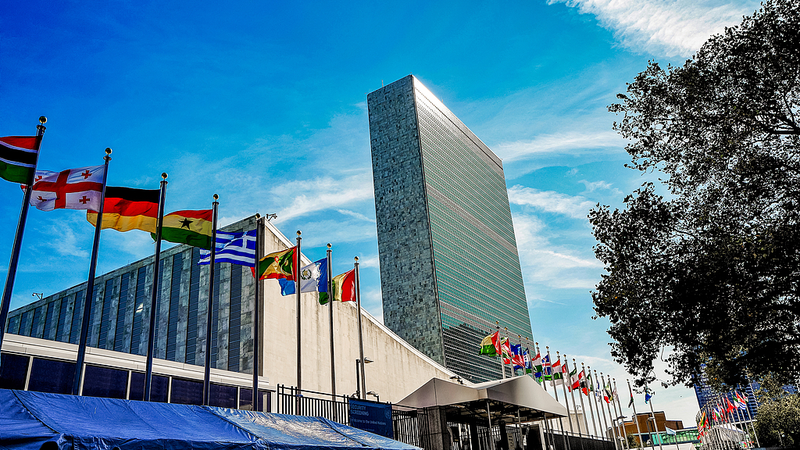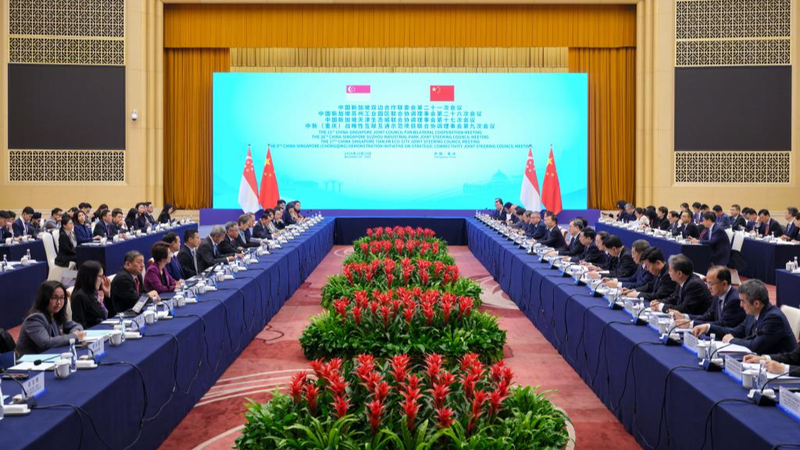In Kuala Lumpur, delegations from the Chinese mainland and the U.S. wrapped up two days of trade talks with a strategic reset designed to ease tensions and build momentum before the upcoming APEC meeting. Analysts say the discussions delivered two key breakthroughs, reversing recent escalation trends and laying a stronger foundation for future dialogue.
A Timely Reset in Malaysia
Sun Taiyi, associate professor of political science at Christopher Newport University, notes that these consultations marked a critical turning point. After a period of tit-for-tat measures — including unexpected fee hikes by the U.S. Commerce Department and swift countermeasures from the Chinese mainland — both sides came to the table with fresh urgency. "Neither side has abandoned its strategic tools, but both recognize that dialogue and coordination offer better returns than open-ended confrontation," he explains.
Aligning Ahead of APEC
Timing was no accident. With leaders from both capitals set to attend the APEC meeting, negotiators used this window to reduce uncertainty and carve out political space for constructive talks. The so-called "leaders' strategic guidance" model has become a cornerstone of U.S.-China relations, signaling top-level intent to lower-level negotiators and guiding agencies toward pragmatic solutions.
From Consensus to Concrete Steps
China international trade representative Li Chenggang highlighted that despite tough stances on both sides, delegates reached "basic consensuses" on addressing each other’s primary concerns. This blend of strength and compromise underscores a shared understanding: the real costs of breakdown are too high to ignore. Moving forward, negotiators will revisit past commitments and work to close gaps, ensuring that earlier agreements are upheld and future rounds stay on track.
What Comes Next?
Looking ahead, experts expect this model of firm yet cooperative engagement to remain central. Future talks will likely focus on auditing earlier pledges, refining enforcement mechanisms, and maintaining open channels even as both sides hold their cards in reserve. For young global citizens tracking economic and political trends, these developments signal a more stable — if still delicate — framework for one of the world’s most important bilateral relationships.
Reference(s):
cgtn.com




